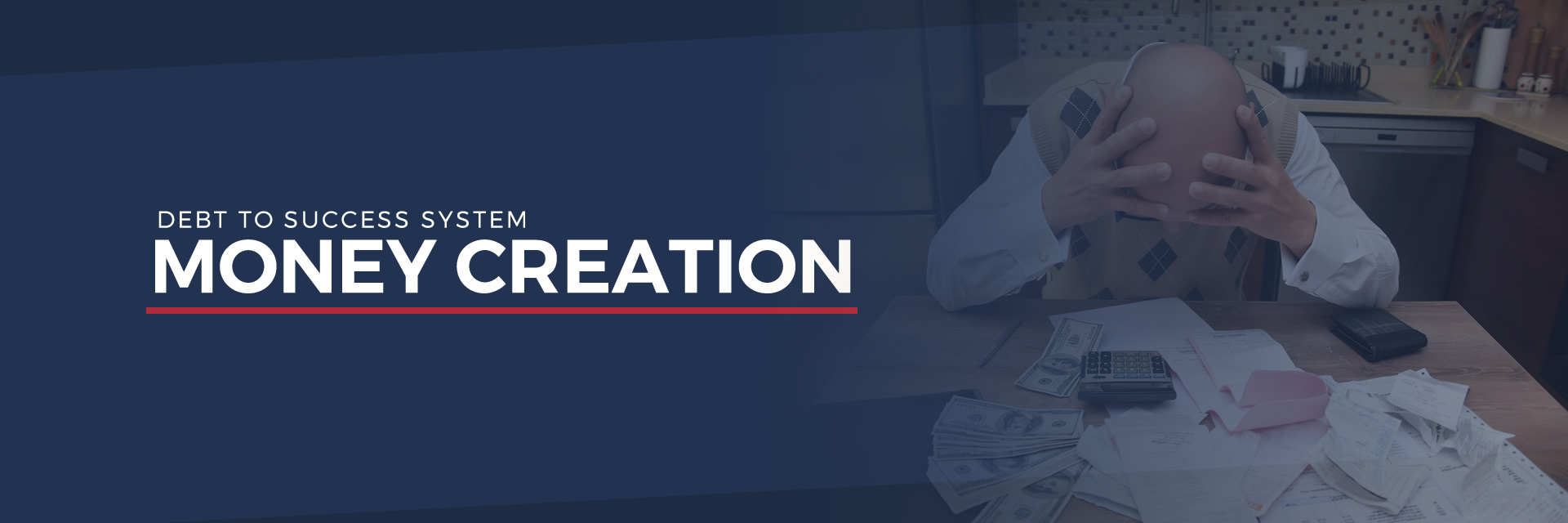
All Money is Created Out of Thin Air When it is Borrowed
Learn how international bankers create all money out of thin air when government or citizens allegedly borrow it, as well as the list of crimes they are guilty of on every alleged loan they issue.
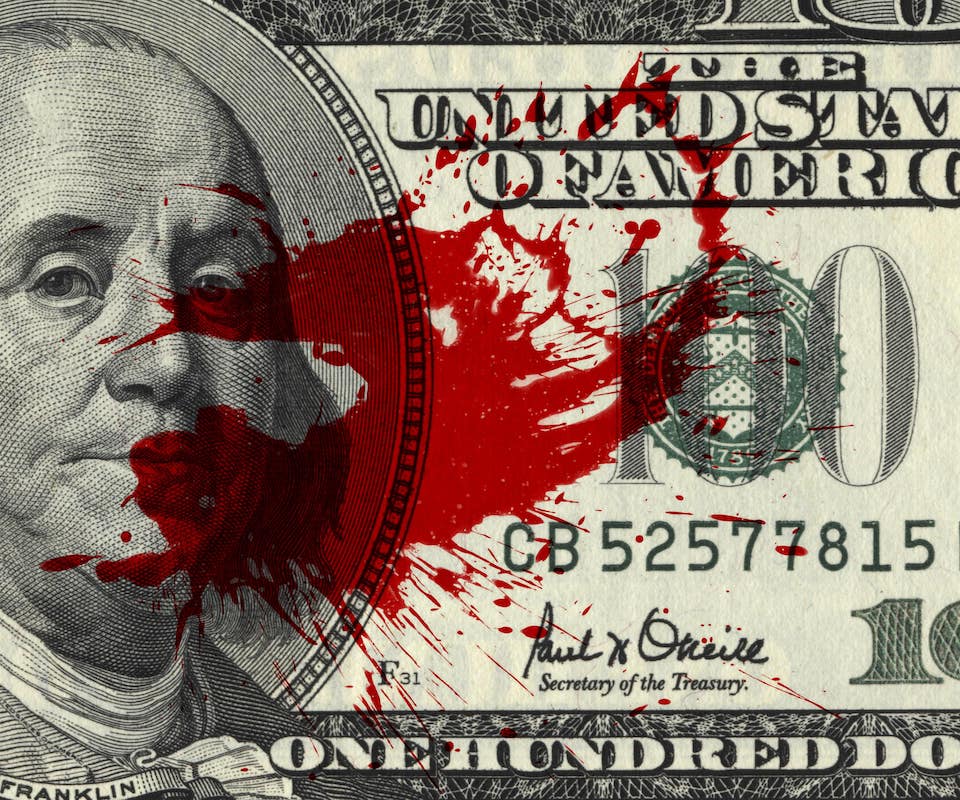 Knowing how money is created will help you comprehend how the international bankers took control of our country, our resources, our labor, and that of the entire globe with debt based money, which equals counterfeiting money and lending it to us.
Knowing how money is created will help you comprehend how the international bankers took control of our country, our resources, our labor, and that of the entire globe with debt based money, which equals counterfeiting money and lending it to us.
Then they force us to repay it with interest that was never created, thereby making it mathematically impossible to be repaid.
The current gross national debt is ridiculous, as you can see, the ridiculous sum of personal and Federal Government debt is $36 Trillion. This doesn't include the $55 Trillion Social Security and numerous other governmental debts totaling over $210 Trillion (in 06/15).
Everybody wants out of debt, but until Donal Trump borrowed $6.66 trillion into the economy, there was only $1.37 Trillion (in 06/15) in currency in the whole U.S. economy, so something doesn't add up, right? Let's get to the bottom of it.
 Currently the Federal Government spends more than they can tax us each year, entirely because they’re paying all of this revenue towards interest on previous years’ loans.
Currently the Federal Government spends more than they can tax us each year, entirely because they’re paying all of this revenue towards interest on previous years’ loans.
Additionally, the owners of the U.S. Government corporation (the Vatican and the Crown) keep the government at war, thus causing them to require a never ending amount of new debt based money, that citizens must struggle to repay.
The way it works is to have the Treasury print U.S. Bonds in exchange for loans from the privately owned Federal Reserve System (It's owned now by the IMF, which is privately owned by the banking cartel).
The private Federal Reserve owners don't have a trillion dollars printed to lend the Government, nor do they need it. All they do is create it, via a bookkeeping entry, and write a check to the U.S. Government as the loan in exchange for the U.S. Bonds. The U.S. Government banks at the Federal Reserve Bank so cashing this check is very easy.
The Government now spends this newly created money into the economy by paying the Court, Postal and Military employees, etc. These consumers then deposit their paychecks in a commercial bank, Bank of America for example.
The commercial banks deposit their customer's check (newly created money) at their local Federal Reserve Bank and the Reserve Bank allows the commercial bank to issue infinitely more new electronic money (until 2008 the amount they could create was up to 33 times more), some of which is used to cover the customer's initial deposit.
This is called "Fractional Reserve Banking." It's also known as fraud, money laundering and counterfeiting.
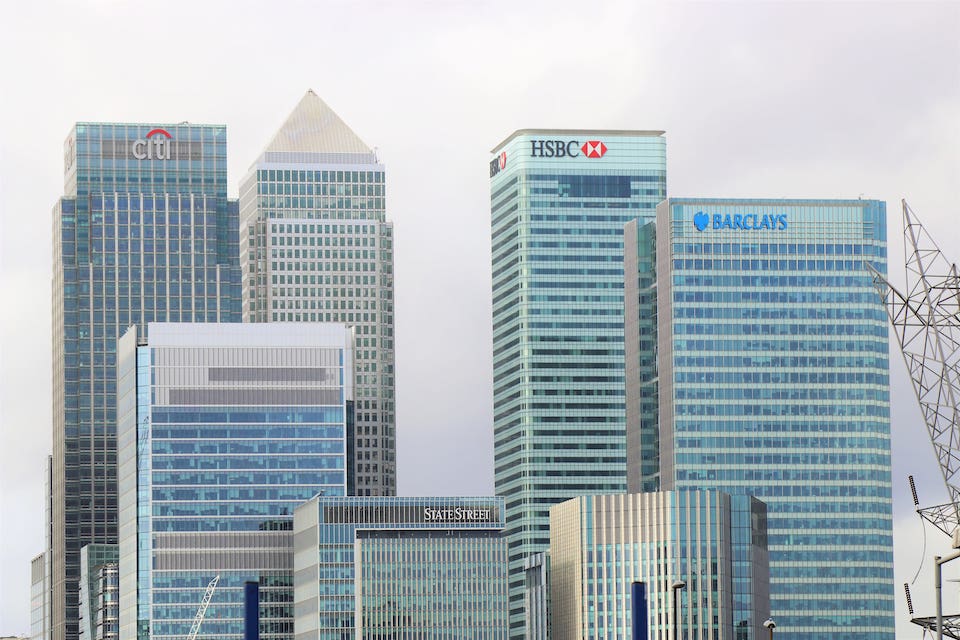 When you sign a loan or credit card application and send it in, (say you are approved for $10,000.00) the commercial bank stamps the back of the application, as if it were a check, with the words: "Pay $10,000.00 to the order of..."; which changes your application into a promissory note.
When you sign a loan or credit card application and send it in, (say you are approved for $10,000.00) the commercial bank stamps the back of the application, as if it were a check, with the words: "Pay $10,000.00 to the order of..."; which changes your application into a promissory note.
They then deposit the promissory note at the local Federal Reserve Bank as new money. This new money represents a 3% fraction of what the commercial bank may now create and do with whatever they want.
So $330,000.00, minus the original $10,000.00, is now added to the commercial bank's coffers. They then open a demand deposit transaction account in your name, (the same as a checking account).
Next they deposit $10,000.00 of their newly acquired funds into this account and then issue you a debit or (in this case) a credit card or paper check. Remember - it's all just bookkeeping entries, because our money is backed by nothing.
Your asset, the original promissory note (your credit), not only funds your own supposed loan, but allows them to pocket up to 33 times the amount for doing nothing but fancy, yet fraudulent, bookkeeping entries.
You funded your own loan, and they get to permanently keep your asset, the promissory note (and resell it to investors), along with the additional $320,000.00.
They collect the initial debt based money from the FRS, investors and your lifelong interest payments!
Don't forget that when you spend your new deposit/loan, it ends up in someone else's account and their bank gets to multiply it by up to 33, yet again. This is how fractional reserve banking works. This is the cause of inflation.
AS OF 2008 THE BANKS REMOVED THE 3% RESERVE RATE AND THEY CAN NOW COUNTERFEIT AND LEND ANY AMOUNT THEY WANT.
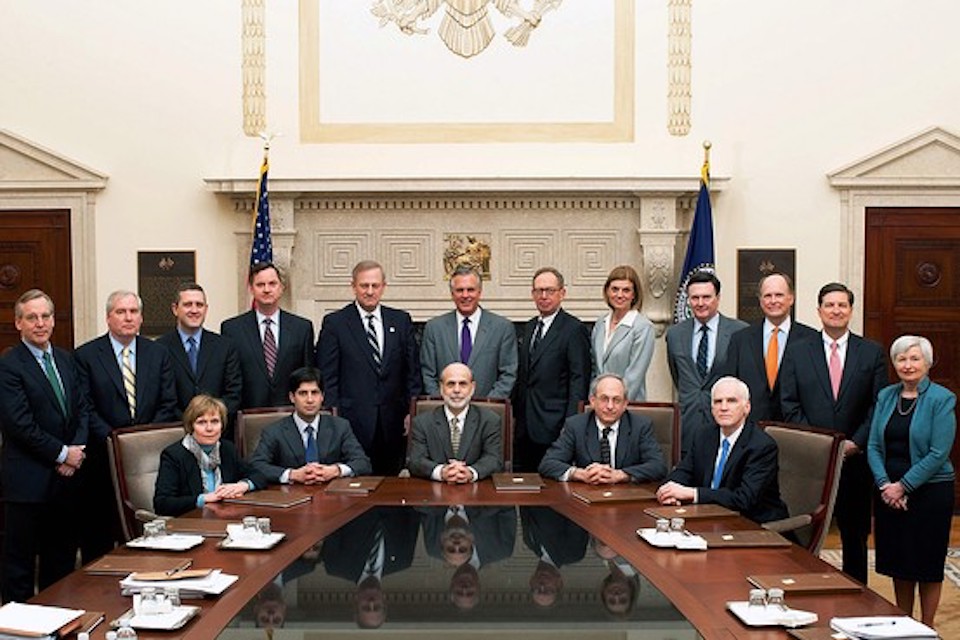 The first thing to shed light on when you borrow from a bank is that no one with a bank account is sent a letter telling them that the money in their account is temporarily unavailable, because it has been lent to you.
The first thing to shed light on when you borrow from a bank is that no one with a bank account is sent a letter telling them that the money in their account is temporarily unavailable, because it has been lent to you.
None of the original accounts in the bank have been touched or affected. Nobody else's spending power has been reduced.
Next we have Title 12 U.S.C., § 1831n which requires all banks across the country to abide by Generally Accepted Accounting Principles. According to GAAP, 2003 edition, page 41 under the section Cash and Cash Equivalents it States that:
"ANYTHING ACCEPTED BY A BANK FOR DEPOSIT WOULD BE CONSIDERED AS CASH."
This includes promissory notes, same as Federal Reserve Notes.
The Federal Reserve has also been very clear in their circulars that banks do not really lend money. Three examples will suffice to prove the point, although many more are offered throughout our site.
Probably the most oft-quoted reference regarding money creation is the Federal Reserve publication Modern Money Mechanics. On page 6 it says in rather clear language:
"Of course, they (banks) do not really pay out loans from the money they receive as deposits. If they did this no additional money would be created."
The Federal Reserve tells us in no uncertain terms in the next sentence:
"What they do when they make loans is to accept promissory notes in exchange for credits to the borrower’s transaction accounts."
They add fuel to the fire in their publication Two Faces of Debt. In this publication, on page 19, they tell us that:
"A depositor’s balance... rises when the depository institution extends credit - either by granting a loan to or by buying securities from the depositor."
"In exchange for the note or security, the lending or investing institution credits the depositor’s account or gives a check that can be deposited at yet another depository institution.
In this case, no one else loses a deposit...; the money supply is increased. New money has been brought into existence."
The Federal Reserve publication How Banks Create Money asserts:
"Banks actually create money when they lend it. Here's how it works: Most of a bank's loans are made to its own customers and are deposited in their checking accounts.
Because the loan becomes a new deposit, just like a paycheck does, the bank once again holds a small percentage of that new amount in reserve and again lends the remainder to someone else, repeating the money-creation process many times."
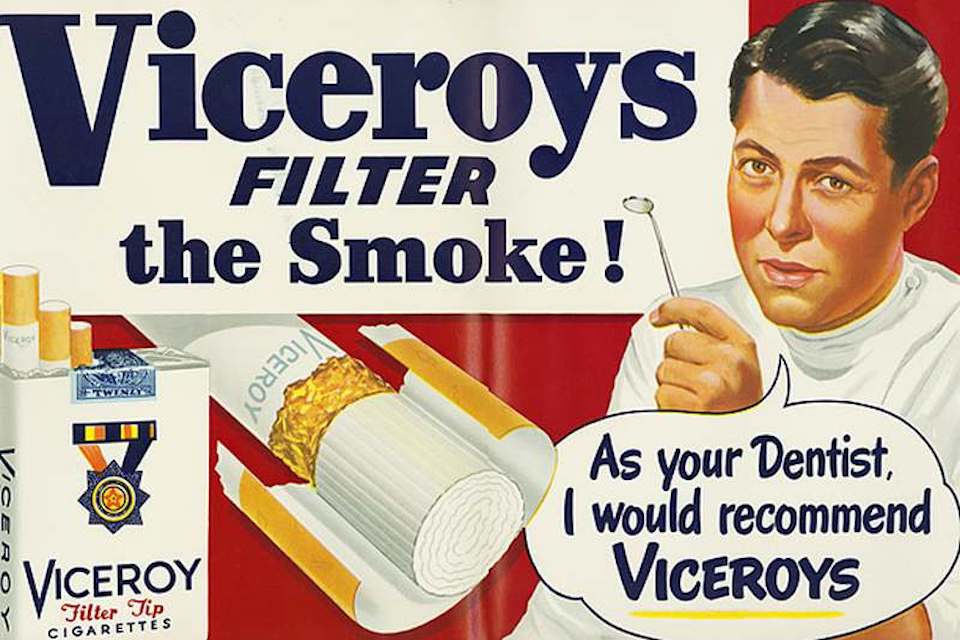 Banks bombard consumers with over 6 billion mail solicitations each year. Notwithstanding newspaper, radio, television, magazine, sporting event advertising and numerous other forms of marketing, the average working class, credit-worthy, American is exposed to over 75 loan solicitations per year.
Banks bombard consumers with over 6 billion mail solicitations each year. Notwithstanding newspaper, radio, television, magazine, sporting event advertising and numerous other forms of marketing, the average working class, credit-worthy, American is exposed to over 75 loan solicitations per year.
These banking ads represent, in one way or another, that the bank will lend you money in exchange for repayment, plus interest. This absurd idea is completely contrary to what, in reality, transpires and what is actually intended.
In actual fact, banks do not lend you any of their own, or their depositor's money. If they did, when was the last time you received a notice stating you cannot withdraw your money, because it was lent to someone else?
See Modern Money Mechanics, a Federal Reserve guide on bank reserves and deposit expansion published in 1961, page 6.
"Of course, they [banks] do not really pay out loans from the money they receive as deposits. If they did this, no additional money would be created. What they do when they make loans is to accept promissory notes [in other words steal from the alleged borrower] in exchange for credits to the borrowers' transaction accounts.
Loans (assets) and deposits (liabilities) both rise by [the loan amount]. Reserves are unchanged by the loan transactions. But the deposit credits constitute new additions to the total deposits of the banking system."
False advertising is an act of deliberately misleading a potential client about a product, service or a company by misrepresenting information or data in advertising or other promotional materials. False advertising is a type of fraud and is often, a crime.
To substantiate this premise, we will begin by examining the funding process of credit cards and all loans. When you sign and remit a loan or credit card application, (say you are approved for $10,000.00) the commercial bank FRAUDULENTLY stamps the back of the application, as if it were a check, with the words: "Pay $10,000.00 to the order of..." which alters your application, transforming it into a promissory note.
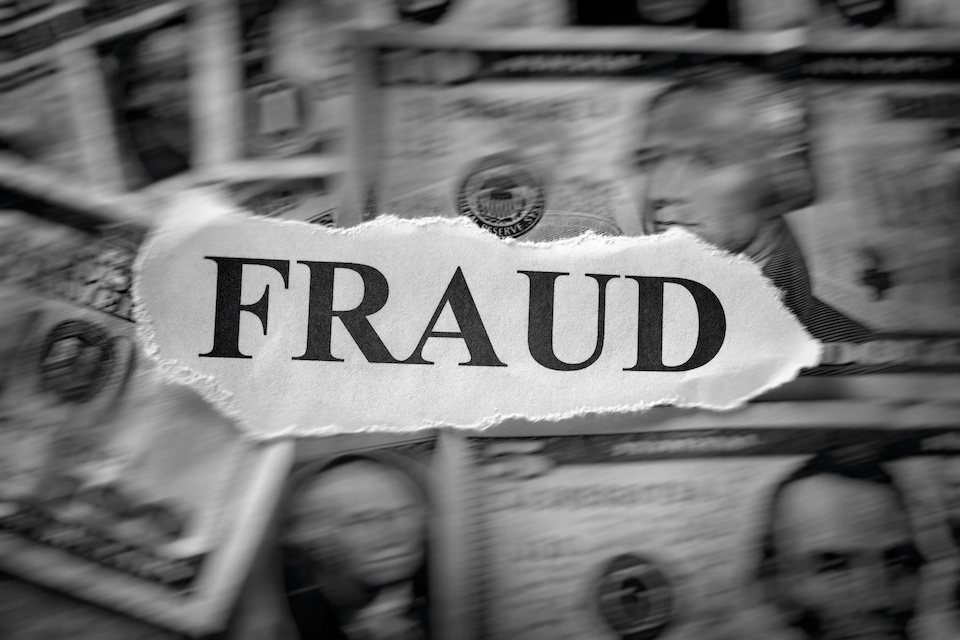 Altering a signed document, after the fact with the intention of changing the document's value, constitutes forgery and fraud.
Altering a signed document, after the fact with the intention of changing the document's value, constitutes forgery and fraud.
Forgery is the process of making or adapting objects or documents with the intent to deceive. Fraud is any crime or civil wrong perpetuated for personal gain that utilizes the practice of deception as its principal method.
In criminal law, fraud is the crime or offense of deliberately deceiving another, to damage them - usually, to obtain property or services without compensation. This practice may also be referred to as "theft by deception," "larceny by trick," "larceny by fraud and deception" or something similar.
When the bank altered your signed application by stamping the back of it with "Pay $10,000.00 to the Order of...", the act of stamping it (forgery) turned it into a promissory note worth $10,000.00 (which is fraud as it changed the document's value).
They then deposit it at the Federal Reserve, where they bank, and the FRS returns $10,000.00 to them in which they deposit into a transaction account under your name as if you deposited cash.
It is your asset, because it is your promise to repay, it is your credit. So they've stolen your promissory note which has a value of $10,000.00 (times the reserve amount which is now infinite) to them.
They obviously intended to deceive you as you would never have given them a $10,000.00 asset then borrow the same amount back from them and pay interest and fees.
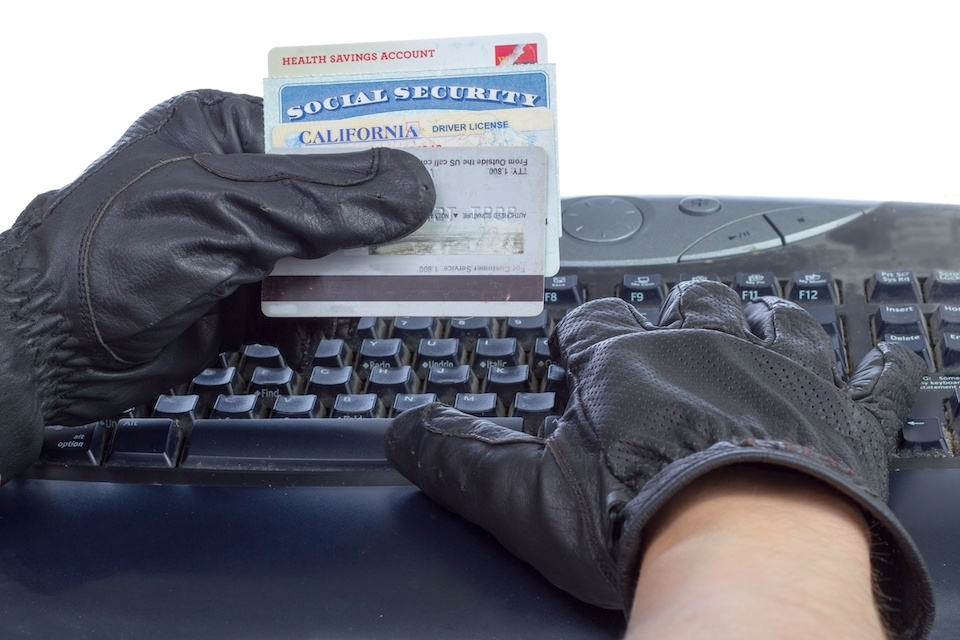 Having altered the original document, the (now) promissory note is deposited at the local Federal Reserve Bank as new money.
Having altered the original document, the (now) promissory note is deposited at the local Federal Reserve Bank as new money.
Generally Accepted Accounting Principals (the publication governing corporate accounting practices) States: "Anything accepted by the bank as a deposit is considered as cash."
This new money represents a three percent fraction (as of 2008 the banking cartel secretly raised this amount to infinity) of what the commercial bank may now create and do with as they please.
So $330,000.00, now an infinite amount, minus the original $10,000.00 is added to the commercial bank's coffers. With this scheme they are stealing your asset, depositing it, multiplying it and exchanging it for an alleged loan back to you.
This constitutes deliberate theft by deception. In reality, of course, no loan exists, except that you have loaned them your promissory note and they owe it's value back to you.
 At this point in the process, they have now transferred and deposited your note (asset) to the Federal Reserve Bank.
At this point in the process, they have now transferred and deposited your note (asset) to the Federal Reserve Bank.
This note will permanently reside and be concealed there. Since they've pilfered your promissory note, they owe it back to you. It is you, therefore, who is actually the creditor. This deceptive acquisition and concealment of such a potentially valuable asset amounts to fraudulent conveyance.
In legal jargon, the term "fraudulent conveyance" refers to the illegal transfer of property to another party in order to defer, hinder or defraud creditors. In order to be found guilty of fraudulent conveyance, it must be proven that the intention of transferring the property was to put it out of reach of a known creditor - in this case, you.
 Once they have perpetrated this fraudulent conveyance, the creditor then establishes a demand deposit transaction account (checking account) in your name.
Once they have perpetrated this fraudulent conveyance, the creditor then establishes a demand deposit transaction account (checking account) in your name.
$10,000.00 of these newly created/acquired funds are then deposited into this account. A debit card, or in this case, a credit card or paper check is then issued against these funds. Remember - it's all just bookkeeping entries, because this money is backed by nothing.
Money laundering is the practice of engaging in financial transactions in order to conceal the identity, source and/or destination of money. Previously, the term "money laundering" was applied only to financial transactions related to otherwise criminal activity.
Today its definition is often expanded by government regulators (such as the United States Office of the Comptroller of the Currency) to encompass any financial transactions which generate an asset or a value as the result of an illegal act, which may involve actions such as tax evasion or false accounting.
As a result, the illegal activity of money laundering is now recognized as routinely practiced by the de facto U.S. Government, many of its agencies like the CIA, DHS, DEA, IRS, police departments, courts, corrupt officials, terrorists, and members of organized crime (such as drug dealers, criminal organizations and the banking cartel).
 Each of your creditors committed mail fraud from your receipt of their first advertisement alleging they would lend you their money in exchange for its repayment, plus interest and fees.
Each of your creditors committed mail fraud from your receipt of their first advertisement alleging they would lend you their money in exchange for its repayment, plus interest and fees.
They are not lending you their money, they are merely lending you money that was counterfeited from the theft of your promissory note, which was stolen from you.
In every "Statement" from each of your creditors, they have perpetuated the notion of your indebtedness to them. These assertions did not disclose a remaining balance owed to you, as would your checking account.
Mail fraud refers to any scheme which attempts to unlawfully obtain money or valuables in which the postal system is used at any point in the commission of a criminal offense.
When they claim you owe a delinquent payment, you are typically contacted via telephone, by their representative, requesting a payment. In some cases this constitutes wire fraud, which is the Federal crime of utilizing interstate wire communications to facilitate a fraudulent scheme.
 Throughout the process of receiving monthly payment demands, you may have been threatened with late fees, increased interest rates, derogatory information being applied to your credit reports, telephone harassment and the threat of being "wrongfully" sued.
Throughout the process of receiving monthly payment demands, you may have been threatened with late fees, increased interest rates, derogatory information being applied to your credit reports, telephone harassment and the threat of being "wrongfully" sued.
Extortion is a criminal offense which occurs when a person obtains money, behavior, or other goods and/or services from another by wrongfully threatening or inflicting harm to this person, their reputation, or property.
Refraining from doing harm to someone in exchange for cooperation or compensation is extortion, sometimes euphemistically referred to as "protection". This is a common practice of organized crime groups.
Blackmail is one kind of extortion - specifically, extortion by threatening to impugn another's reputation (in this case) by publishing derogatory information about them, true or false, on credit reports.
Even if it is not criminal to disseminate the information, demanding money or other consideration under threat of injury constitutes blackmail.
 New money was brought into existence by the deposit of your agreement/promissory note. If you were to pay off the alleged loan, you would never receive your original deposit/asset back (the value of the promissory note). In essence, you have now paid the loan twice.
New money was brought into existence by the deposit of your agreement/promissory note. If you were to pay off the alleged loan, you would never receive your original deposit/asset back (the value of the promissory note). In essence, you have now paid the loan twice.
Simultaneously, the banks are able to indefinitely hold and multiply the value of your note by an infinite amount and exponentially generate additional profits.
In other words, you gave them the asset, your signed application, which was forged and fraudulently turned into a promissory note and deposited as cash. This is your cash not theirs, yet they lent it right back to you.
This means they lent you nothing of their own (their contract consideration) in exchange for your endless payments of principal, interest and fees (your contract consideration). Ask yourself, what would they lose if I didn't repay?
For an agreement or a contract to be valid, there must be valuable consideration given by all parties. Valuable consideration infers a negotiated exchange and legally reciprocal obligation. An equal exchange. If no consideration is present, the contract is generally void and unenforceable.
 The bank never explained to you what you have now learned. They did not divulge that they were not loaning anything.
The bank never explained to you what you have now learned. They did not divulge that they were not loaning anything.
You were not informed that you were exchanging a promissory note (which has a real cash value) that was appropriated to fund the implicit loan.
You were led to assume that they were loaning you their own, or other people's money, which we have established as false. They blatantly concealed this fact. If you were misinformed, according to contract law, the agreement is null and void due to "non-disclosure."
Contract law States that when an agreement is made between two parties, each must be given full disclosure of what is transpiring. An agreement is not valid if either party conceals pertinent information.